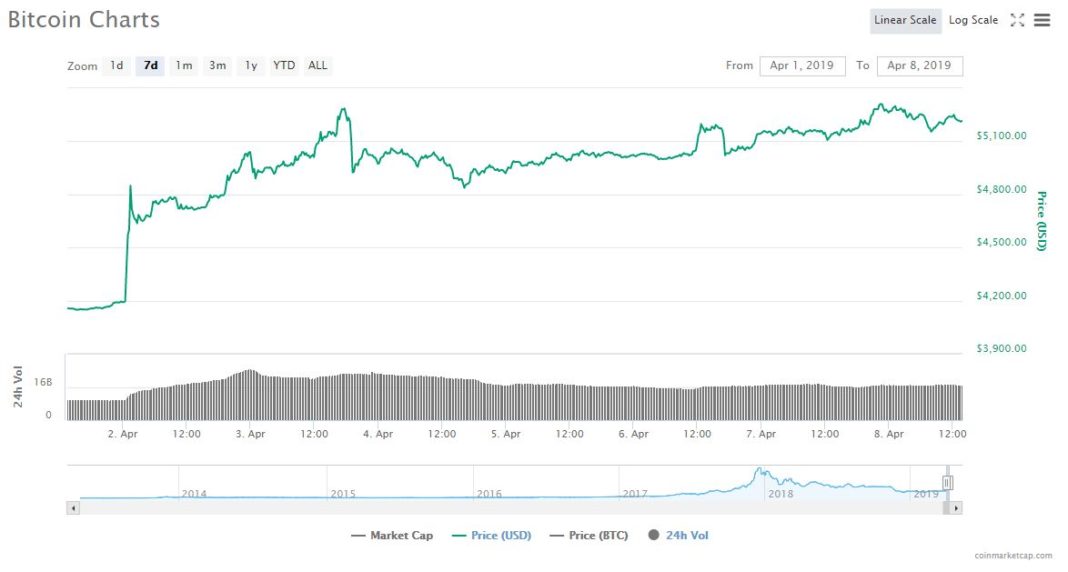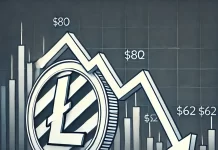Vladislav Ginko, semi-famous for making lots of people in the crypto space believe that Russia was going to buy a massive amount of Bitcoin , took to Twitter recently to tell us all that the standard market capitalization metrics and “pricing in fiat” makes no sense. Ginko is a minor media personality in Russia and reportedly works at the “Presidential Putin Academy.”
CCN previously disputed the claims by Ginko , which led to several articles in the space pronouncing the incoming bull run based on Russian government purchases. Ginko recently stood by a version of his assertions, saying that the trades he knows of have been intentionally under the radar:
Vladislav Ginko: Stop Pricing Bitcoin in Fiat
We’ve since had a bull run, but no one has attempted to attribute to it expenditures by the Russian government or Russians generally. At least 3.2 million BTC were traded over the past twenty-four hours, according to CoinMarketCap.
The Bitcoin price has made a major push north over the past week (but don’t tell Ginko we told you). | Source: CoinMarketCap
There is some speculation that some of the demand came from institutions entering the second quarter who had authorized Bitcoin purchases, but this only accounts for a portion of the recent trading.
In any case, Ginko’s stance on Bitcoin and fiat pricing is probably more palatable to most crypto enthusiasts.
Hyperbitcoinization is a future where Bitcoin functions as the world’s reserve currency. The valuations of entire economies will be based on their value on the Bitcoin blockchain. At that point, Bitcoin will be as good or better than most government-issued currencies in daily and financial life. The long-term view comes with caveats: Bitcoin will have to be able to handle the capacity, maybe at a velocity of millions of transactions per minute, even if used in a strict reserve sense.
Political structures which keep Bitcoin as an ancillary to fiat currencies would have to have collapsed in this theoretical future. Governments would have to succumb to Bitcoin as the only reasonable alternative, while the mining network will have to remain stable. Bitcoin mining rewards will drop to insignificant (in terms of actual Bitcoin) levels in the 2040s, meaning that transaction fees will have to be enough to sustain a highly valuable network.
Factors Which Slow Down Hyperbitcoinization
In world gone full-crypto, the incentive to dominate the network with hashpower will be at an all-time high. Countries might invest as much as they do in military functions now to game the system.
For now, traders must price Bitcoin in fiat currencies. There’s no way around this: to transact, and ultimately realize gains, fiat currency still plays a vital role in the crypto-economy. While most industries have some form of blockchain adoption taking place, from real estate to manufacturing, all of these efforts are in the earliest stages. Bitcoin in its current state would essentially lock out everyday users in a scenario where it was used for even a tenth of the world’s economic activity. Scaling solutions remain to be proven or widely adopted.
1 Bitcoin = 1 Bitcoin
Ginko may have a point in the sense that “1 Bitcoin = 1 Bitcoin,” as best illustrated by this recent tweet from Dan Held:
You never lose anything if you don’t sell your crypto holdings. But when you do want to sell Bitcoin or any other asset, the pricing has to take place in some form. Whether that form is a house, a car, or X dollars, it will determine the real world value of the first and most successful cryptocurrency.




